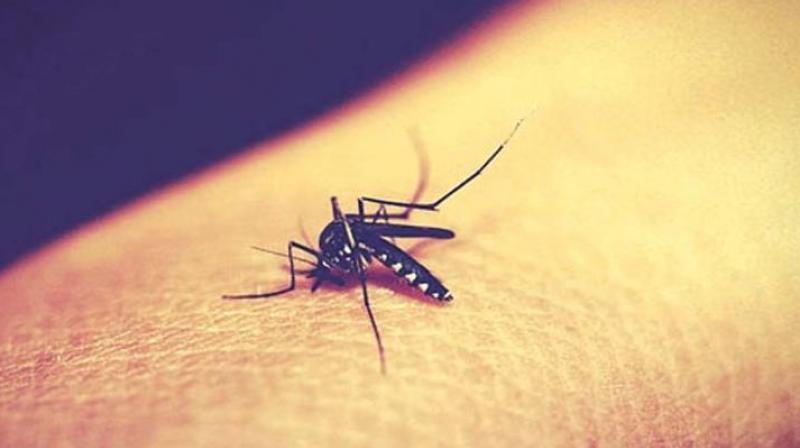Mosquito from rural areas invades Hyderabad

Hyderabad: Armijeris subalbatus, a species of mosquito usually found in rural areas, is multiplying in the city. The entomology department of the GHMC estimates that the species now constitutes 15 per cent of the city's mosquito population.
These mosquitoes are bigger, light brown in colour, live in bushes and in corners in houses and are active at night. They have been found to transmit filariasis in Punjab and Puducherry. Armijeris, also known as coquillett, breeds in septic tanks and the egg develops into a mosquito within eight to 10 days. The mosquitoes live for around 30 days and produce 1,000 eggs in their life span.
Osmania University assistant professor in zoology C. Srinivasulu said the species was found to be disease carriers in Southeast Asia. “It was found to transmit Japanese Encephalitis, filariasis and even malaria. The origin of the mosquitoes is in the forest; it breeds in small pools of water that turn foul. As villages encroached into the forests, the species adapted to villages and similarly in the case of the city. In urban habitats, they mostly breed in slums, open drains or septic tanks. Once they are established, they migrate across the city. Armijeris are disease bearing."
GHMC chief entomologist V. Venkatesh said no case of filariasis has been reported in the city in recent times. But, he said, residents must participate in the drive to keep spaces mosquito-free.
“If we allow one mosquito, it will multiple into 1,000 mosquitoes within a month. The GHMC requests all residents to do away with all types of stagnant water, fresh or foul, and don't allow any breeding ground. Close septic tanks, report overflowing drains or manholes. In case of nuisance, they should report to the circle entomology department," Mr Venkatesh said.

